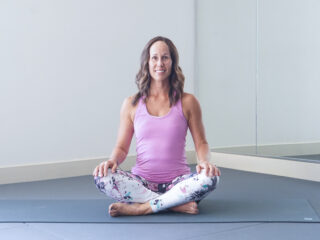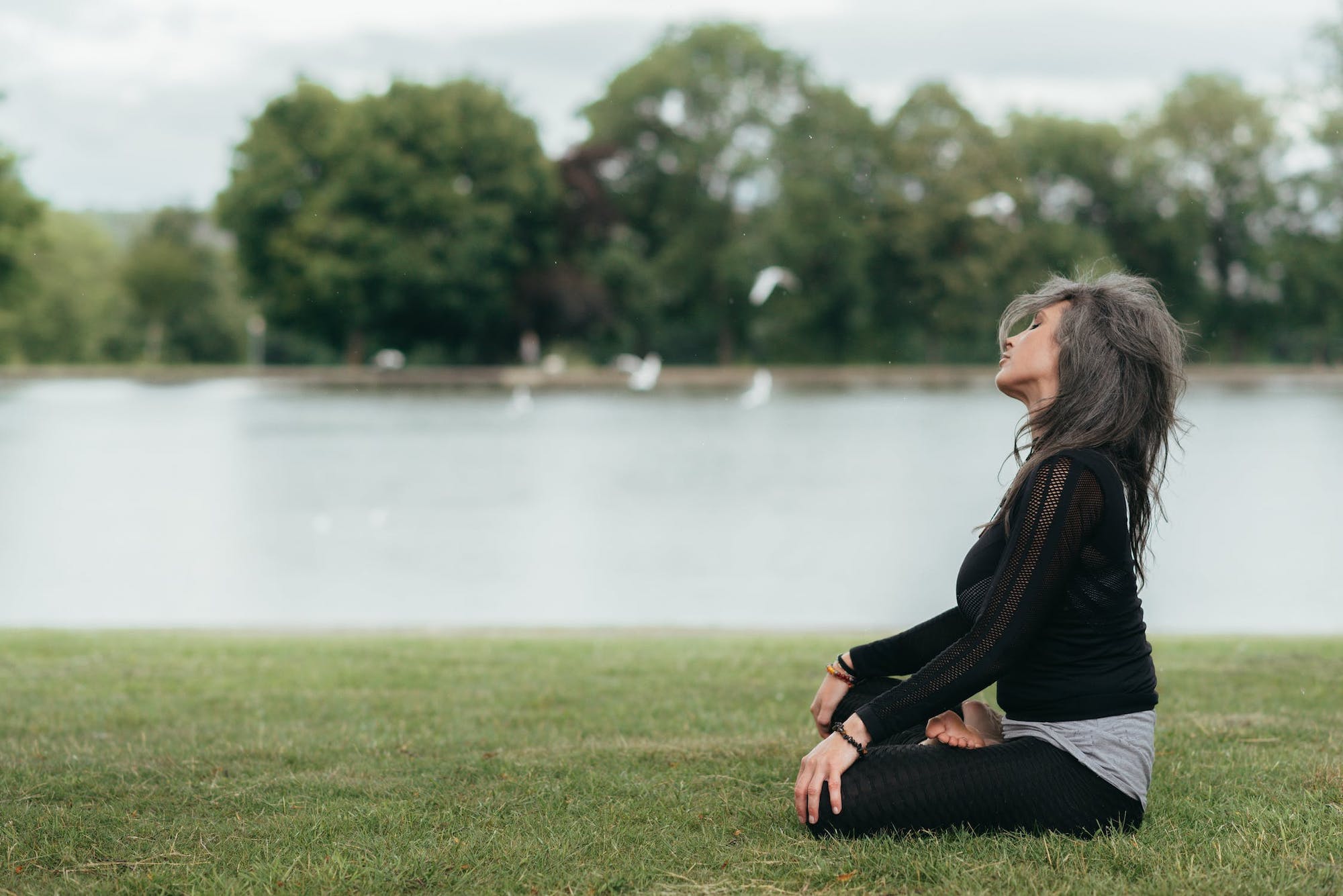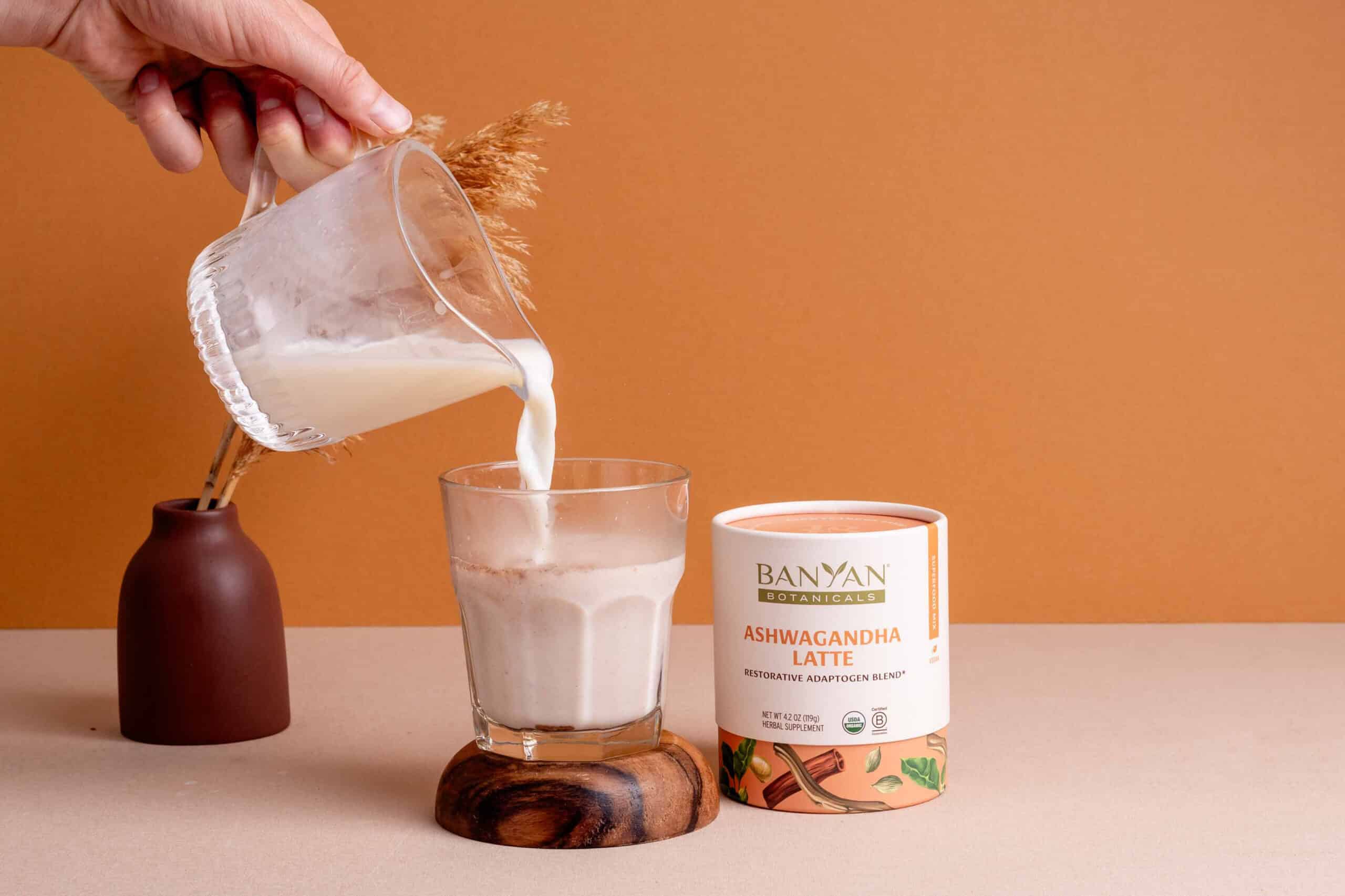How Connecting to My Breath Transformed My Yoga Practice | By Jody Capdeboscq
When I first began practicing yoga more than 10 years ago, I was drawn to a hot yoga class at my local yoga studio. I loved the heat, moving my body and the revigorated feeling I had after class. However, it wasn’t until three months in that I realized the class actually followed a set sequence — meaning the choreography of the class stayed the same week to week, and the order of poses and postures never changed. I had been faithfully attending this class for 12 weeks before I came to this realization. This should explain just how far outside of the room my mind was during my yoga practice. Yes, my body was going through the motions of the poses, but my mind was completely elsewhere.
I was aware of the breath cues the instructor offered throughout class, but these cues hovered somewhere far outside of my peripheral. Instead of focusing on my breathing, I was more determined to execute the postures in perfect form. I rarely paid attention to whether or not I should inhale or exhale when I lifted or lowered my limbs. And I certainly wasn’t beginning or ending my yoga practice by focusing on my breathing.
The breath in yoga is referred to as pranayama. Pranayama is the practice of breath regulation. In Sanskrit, prana means life energy and yama means control. Choosing to concentrate on my breath allowed me to dive headfirst into my yoga practice. It wasn’t long before I realized that perfecting yoga postures had nothing to do with yoga at all. As long as I was breathing, I was doing yoga.
I began nudging my focus to my breath as I centered myself at the beginning of each yoga class. Once I shifted my focus inward, my mind wasn’t traveling outside of the studio space as often during class. I became more aware of my body — recognizing areas of tension, as well as noting places where I felt more softness and ease. I sensed my heart opening, both literally and figuratively, which allowed me to go deeper into the yoga poses and also to stay in them before rushing to the next pose of the sequence.
Learning to connect my breath to movement was not easy for me. Just like practicing the yoga poses, I quickly realized I would also have to practice my breathing. I learned how to utilize my breath to get more out of each pose and the postures organically became more attainable for me.
I soon discovered diaphragmatic breathing, or “belly breathing,” which involves fully engaging the stomach, abdominal muscles and diaphragm when breathing. I would imagine a balloon filling with air during my inhale and then deflating with each exhale. This imagery helped to keep my mind on my yoga mat and in the present moment.
My breath has been the biggest advocate in teaching me to be present both on and off my yoga mat. When I find my mind drifting to another space, I instinctively steer my attention back to my breath. Observing it at first — noticing the length and quality of my breaths. From there, I’m able to modify my breathing in a way that drives my yoga practice. The beauty of the breath is that it’s happening in real time — in the right here and right now. The poses and postures no longer dictate the course of my yoga practice. It’s my breath that determines where I’ll go during those 60 minutes on my mat.
With time, I’ve learned how to use my breath to build heat in my body. I’ve also experienced the benefits of an open mouth exhale which does the opposite. I’ve discovered that taking a deep inhale, with an even longer exhale, can calm my sympathetic nervous system and instantly unclench the tension in my jaw, neck and shoulders. I’ve become fond of the ujjayi breath for both my yoga practice and meditation. Ujjayi (pronounced oo-jai) is commonly known as the “victorious breath” or “oceanic breath” — the sound that ujjayi provides through a constriction in the back of the throat which helps us to synchronize breath with movements.
Rather than rushing through a sequence of postures in a yoga class, I now allow my breath to set the pace. The inhale or exhale always comes before the movement. If I’m experimenting with getting into a deeper twist within a posture, I begin by filling up with an inhale to create space within my body and then wind deeper into the twist with my exhale.
It’s still not uncommon for my mind to drift outside of the yoga studio during a class. I’m human and often times more than not, my mind is a carousal with multiple thoughts and to-do lists. But each time I pull my focus back to my breath, I am strengthening the muscle of being mindful. The more I do this, the easier it becomes for me to stay present.
My breath in yoga is audible. It’s energetic. It’s intentional. It awakens me from the inside out and allows me to feel alive, powerful and free. One inhale, one exhale at a time.
Photo by Anete Lusina.
 Jody is a 200-hour Registered Yoga Teacher, ACE Certified Group Fitness Instructor and studio owner of YogaSix Overland Park in Overland Park, KS. She lives in St. Louis, MO with her husband and three children (and three Yellow Labs!).
Jody is a 200-hour Registered Yoga Teacher, ACE Certified Group Fitness Instructor and studio owner of YogaSix Overland Park in Overland Park, KS. She lives in St. Louis, MO with her husband and three children (and three Yellow Labs!). Picnic all over the planet with this ultra-packable, proprietary fire, stain and water-resistant blanket. The material is derived [...]

Subscribe to Our Tribe
Stay up to date with Y+L News, Events and special announcements.










